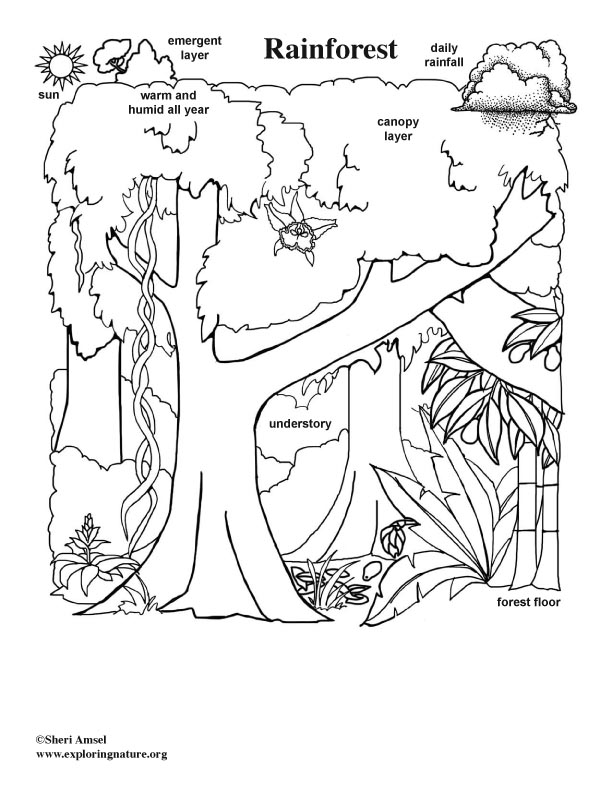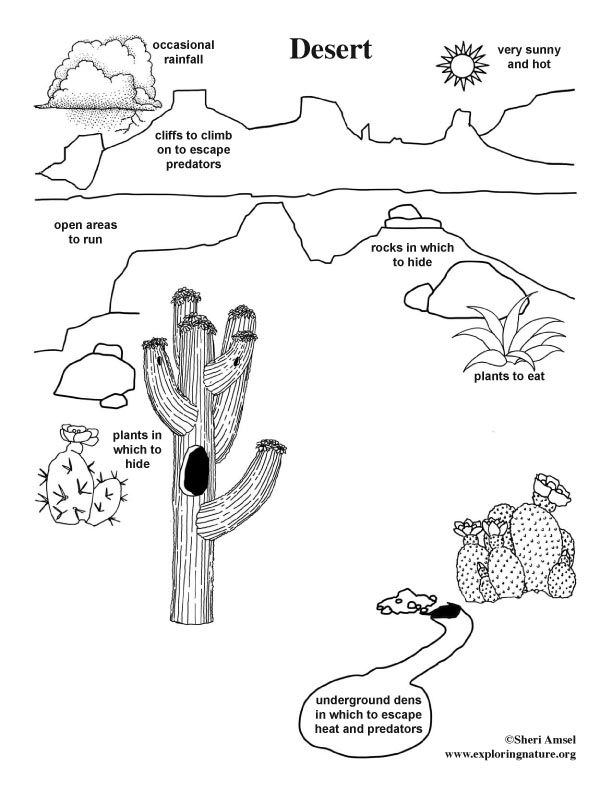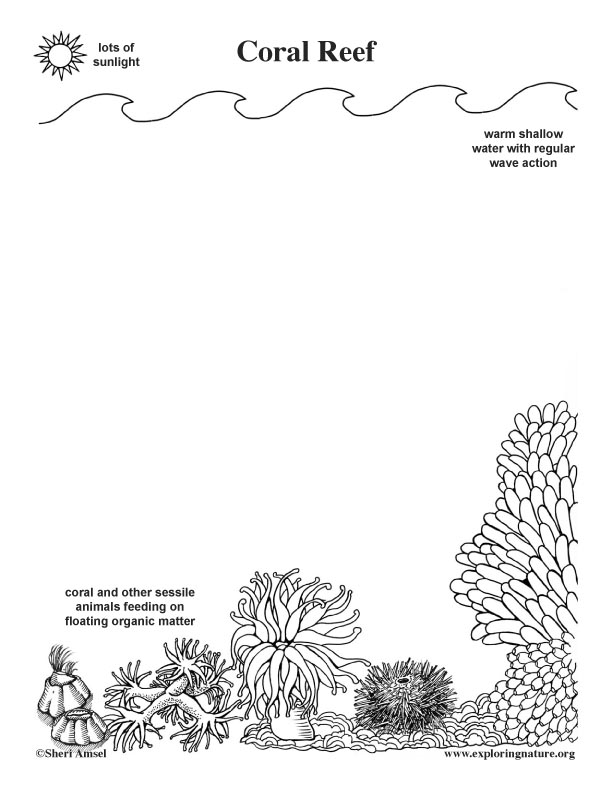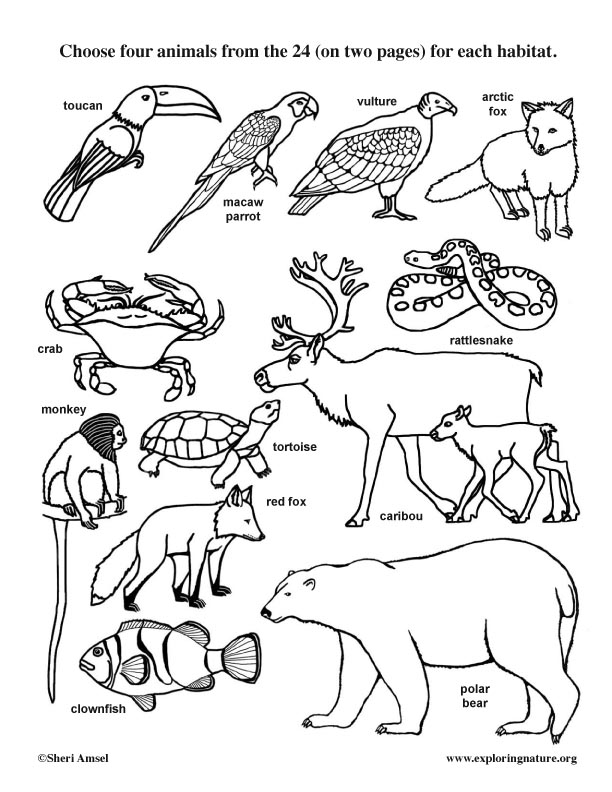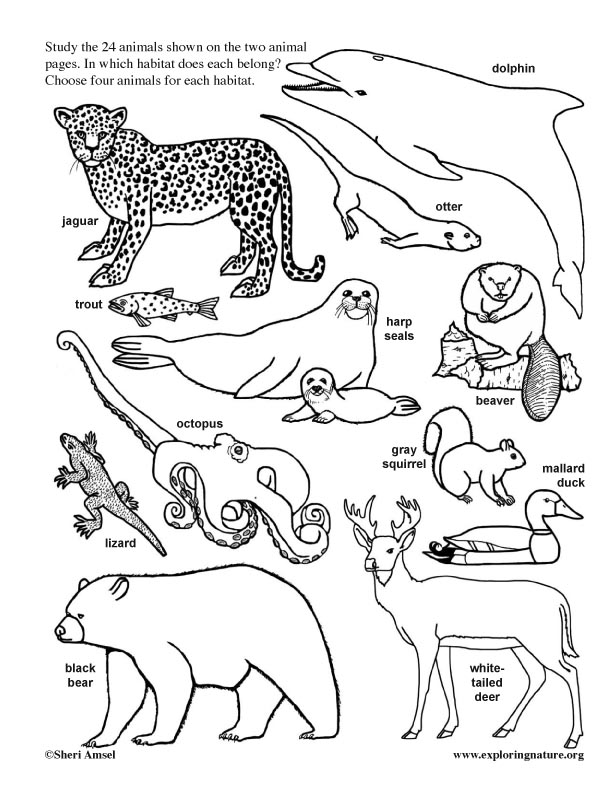

Each habitat has different characteristics that make it an ideal home for specific animals and plants. In this activity, students use observation to familiarize themselves how different habitats suit the needs of different animals. By adding the appropriate animals to each habitat, they are also constructing a model to represent the relationship between different plants and animals in their habitat. Students can also draw into their habitats model how those animals may change their habitat to suit their needs (nest, den, food cache, etc.)
Below find 6 habitats sheets and two animals sheets with a total of 24 animals. Students should study the characteristics of the habitats and then cut out four animals that belong in each habitat. Ask them to draw in any changes that the animals might make to their habitats. Then color both the habitats and the animals. Then carefully glue the animals into place in their habitats. Mount them on cardboard for better endurance.
Here is an Habitat-Animal Model Key with some suggestions for how animals might change their environment.
1. Arctic Habitat (caribou, polar bear, harp seal, arctic fox)
Polar bears and arctic foxes dig snow dens.
2. Deciduous Forest (deer, black bear, red fox, gray squirrel)
Black bears den under stumps, foxes dig dens underground, gray squirrels make leaf nests in trees and bury acorns underground or in rotten logs or stumps.
3. Rainforest (jaguar, toucan, macaw, monkey)
Toucans nest in tree hollows or abandoned tree holes, macaws build nest high in canopy or in tree hollows.
4. Desert (American) (vulture, rattlesnake, tortoise, lizard)
Lizards dig under mounds of warm sand at night.
5. Ocean Coral Reef (dolphin, octopus, crab, clownfish)
6. Wetland Pond (beaver, otter, mallard, fish)
Beavers build houses and dams, otters dig dens under river banks, mallard build nests on the edge of wetlands on dry ground.

